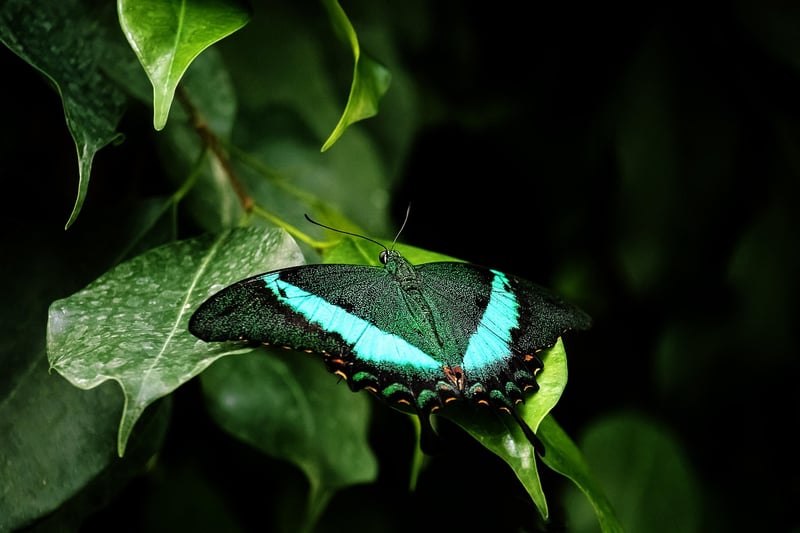Low Light
Understanding Plant Light Needs: Low Light
Plants, like all living organisms, require light to thrive. Understanding the light requirements of your plants is crucial for their health and growth. In this article, we will focus on plants that thrive in low light conditions.
What is Low Light?
Low light refers to areas in your home or office that receive minimal natural light. These spaces are often far from windows or are obstructed by buildings or trees, limiting the amount of sunlight that reaches the plants.
Plants that Thrive in Low Light
While most plants require ample sunlight to photosynthesize and grow, some species have adapted to thrive in low light conditions. These plants are perfect for spaces with minimal natural light.
- Snake Plant (Sansevieria) - Known for its resilience and air-purifying qualities, the snake plant can thrive in low light environments.
- ZZ Plant (Zamioculcas Zamiifolia) - With its glossy leaves and low maintenance requirements, the ZZ plant is an excellent choice for low light spaces.
- Peace Lily (Spathiphyllum) - This elegant plant not only thrives in low light but also produces beautiful white flowers, adding a touch of beauty to any room.
Tips for Caring for Plants in Low Light
Caring for plants in low light conditions requires some adjustments to ensure they receive adequate light and remain healthy:
- Rotate Your Plants: Rotate your plants regularly to ensure all sides receive some light, promoting even growth.
- Choose the Right Plants: Opt for plants that are known to thrive in low light conditions to increase their chances of success.
- Monitor Moisture Levels: Be cautious not to overwater your plants in low light, as they will not dry out as quickly as those in brighter conditions.
By understanding the light requirements of your plants and providing them with the care they need, you can enjoy a lush indoor garden even in low light environments.

Remember, each plant has its own unique light requirements, so it's essential to research specific species before bringing them into your home. With a little knowledge and care, you can create a green oasis even in the darkest corners of your living space.
